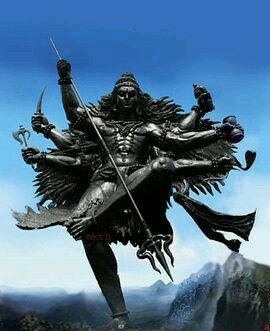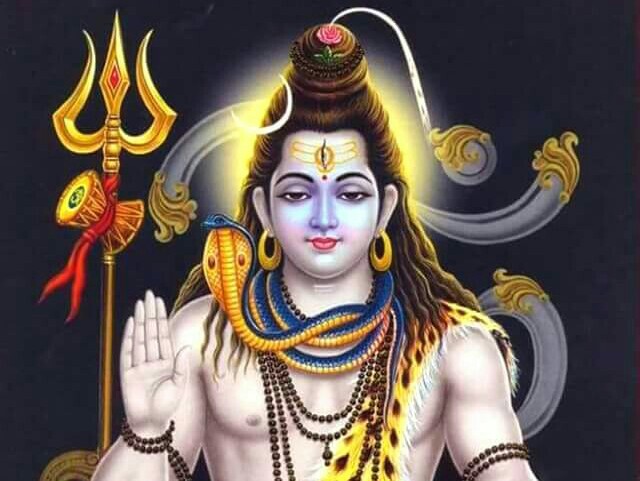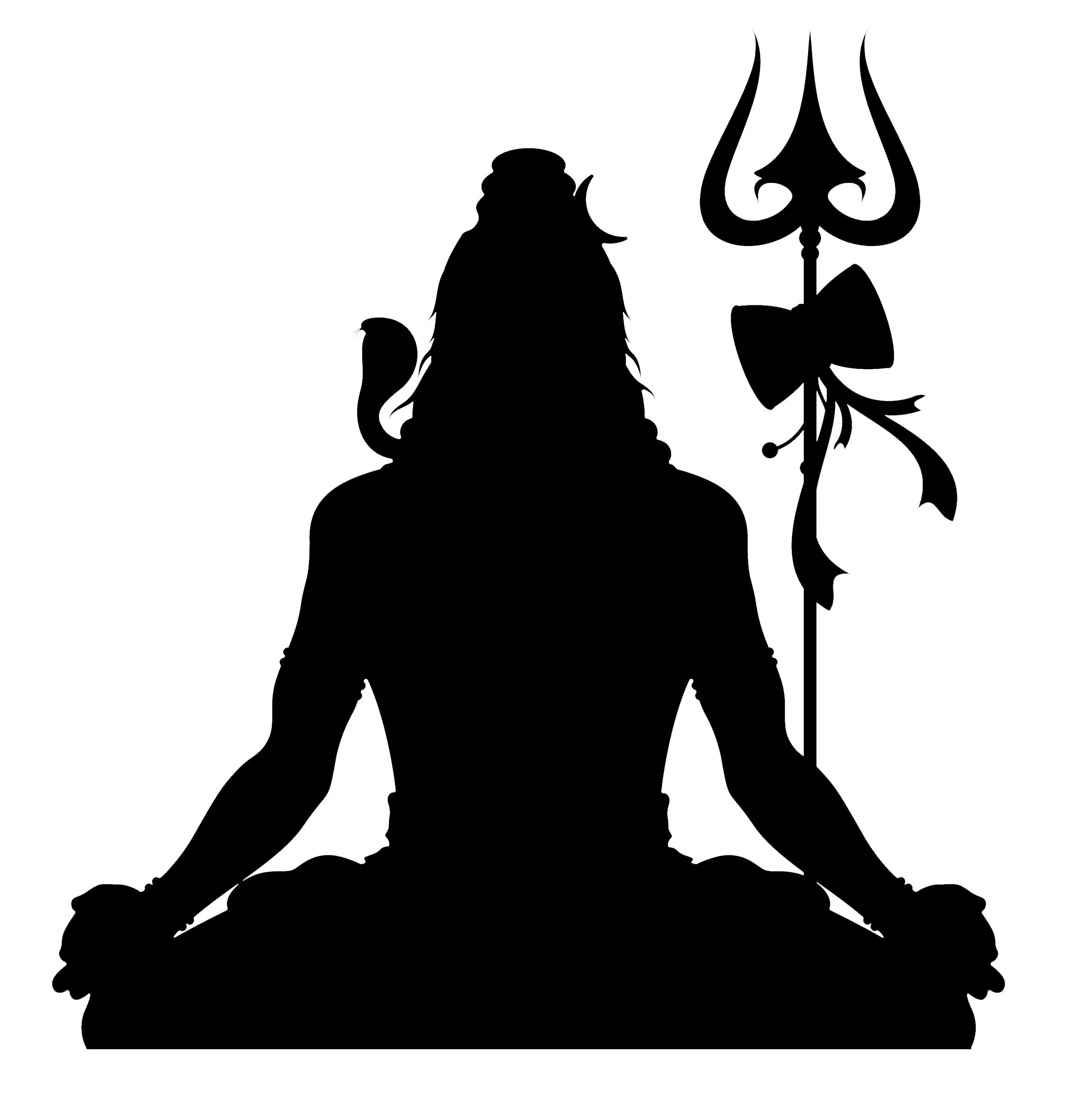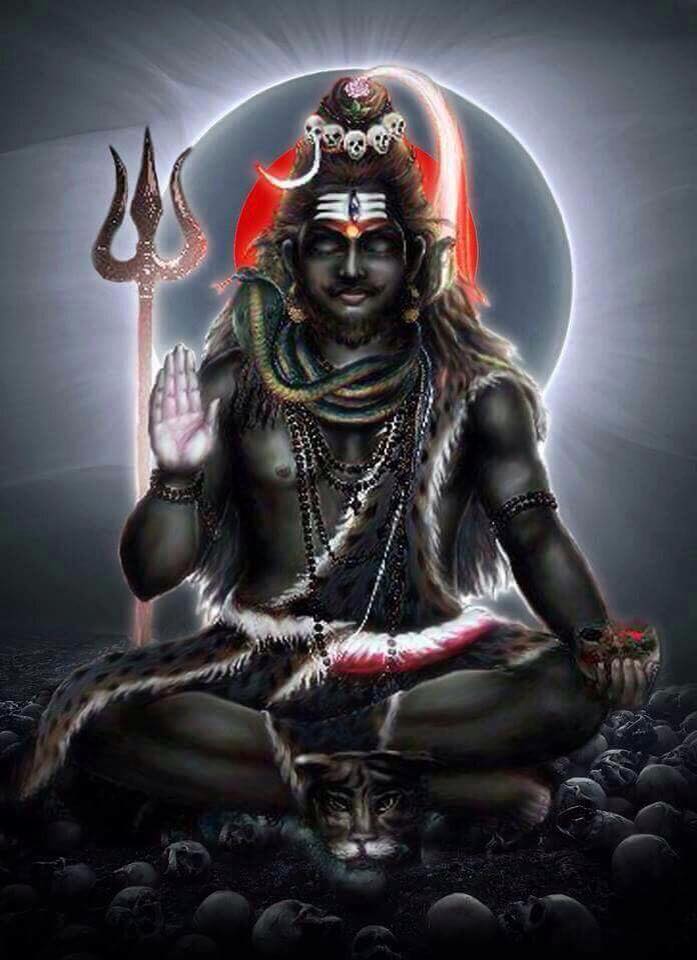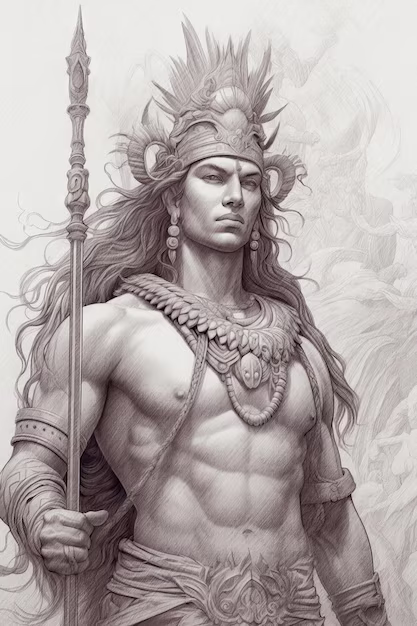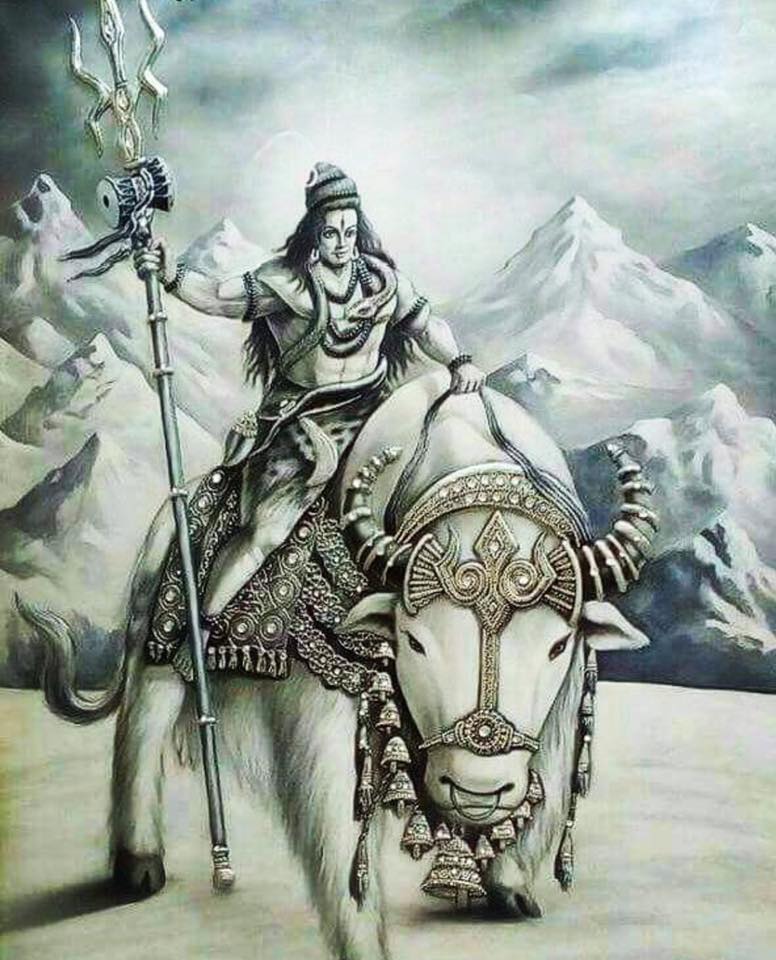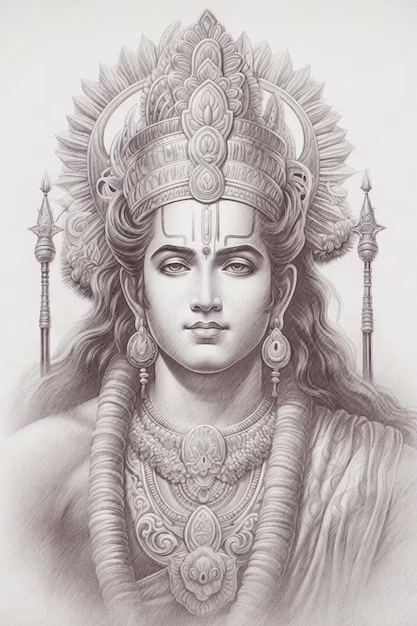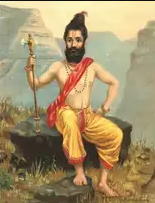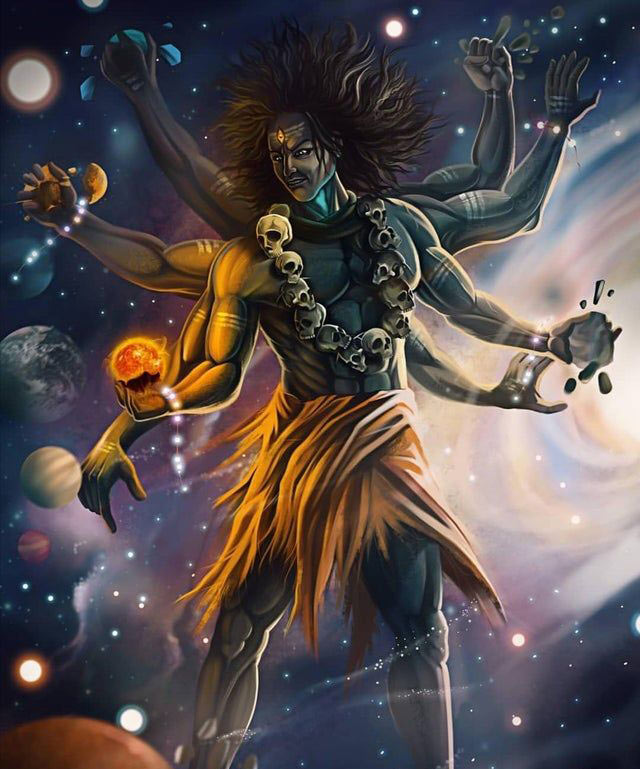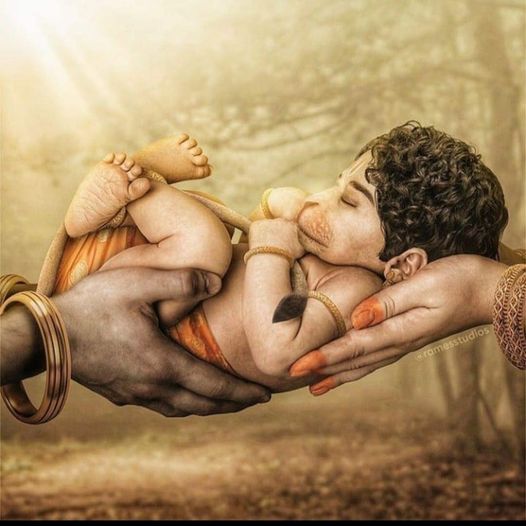Latest Articles
It is a long established fact that a reader will be distracted by the readable content of a page when looking at its layout.
Lord Shiva took the Suntanartak incarnation for the growth of his family and to please Mother Parvati. In this incarnation, Lord Shiva took the form of dancing, thereby concealing his identity. In this form, he
In the embodiment of Shambhu, Lord Shiva epitomizes pure bliss. The name "Shambhu," meaning 'the source of happiness,' signifies the ultimate state of contentment and peace that emanates from spiritual enlightenment and self-realization.Shambhu stands as
Virupaksha is one of the names of Lord Shiva, one of the principal deities in Hinduism. The term "Virupaksha" can be translated to mean "One with Oblique Eyes" or "Having Wide Eyes." In the context
In Hindu mythology, Bhima is one of the Pandava brothers, the central characters in the epic Mahabharata. Bhima is known for his immense physical strength, courage, and loyalty. He is considered the second son of
The term "Shasta Avatar" is not widely recognized in Hindu mythology or scriptures. However, "Shasta" is a name associated with the regional deities worshipped in some parts of South India, particularly in the states of
The term "Bhava Rudra" refers to one of the various aspects or manifestations of Lord Shiva. Each of these manifestations represents different attributes, energies, or roles that Lord Shiva undertakes for the well-being of the
Sharabha is a mythical creature mentioned in Hindu and Jain traditions. The Sharabha is often depicted as a beast with a mix of various animals, combining features of a lion, a bird (often a peacock),
The concept of the "Avadhut Avatar" is not widely recognized in mainstream Hindu mythology. However, based on the context provided in the previous conversation, it appears to be a specific manifestation of Lord Shiva in
In Hindu mythology, Lord Shiva is venerated as the Supreme Being and is said to have manifested in various avatars for diverse purposes. One such incarnation is associated with Ashwatthama, a pivotal figure in the
Piplad, an incarnation of Lord Shiva, has an exciting story that took place in the house of his devotee Dadhichi Rishi. This story is an example of devotion, compassion, and special contribution.Lord Shiva took the
Nandi is a significant figure in Hindu mythology and religious iconography, often referred to as the divine bull or the Nandi avatar. In Hinduism, Nandi is the vahana, or mount, of Lord Shiva, one of
Bhairava is a fearsome and powerful form of Lord Shiva, one of the principal deities in Hinduism. This divine manifestation is often associated with destruction, time, and the annihilation of ignorance. The term "Bhairava" is
Veerabhadra is a fearsome and powerful form of Lord Shiva, one of the principal deities in Hinduism. Veerabhadra is often considered an "avatar" or a manifestation of Lord Shiva's divine energy, and he is associated
Hanuman is a prominent figure in Hindu mythology and is widely revered as a devotee of Lord Rama, an incarnation of Lord Vishnu, rather than an avatar of Lord Shiva. Hanuman is known for his
Embarking on the exploration of Pingal, a captivating avatar of Lord Shiva, invites us into the profound realms of a concept that intertwines the cosmic and the spiritual. Pingal serves as the embodiment of
"Kapali Avatar" typically refers to a form or incarnation of the Hindu deity Lord Shiva. Lord Shiva is one of the principal deities in Hinduism and is often depicted in various forms and avatars,
The Ekadasa Rudra Mantra is a set of eleven mantras dedicated to Lord Shiva in his aspect as Rudra. These mantras are chanted to seek blessings and protection from Lord Shiva. Each of the eleven
The Shiva Dhyan Mantra you've provided is a Sanskrit mantra dedicated to Lord Shiva, one of the principal deities in Hinduism. This mantra is chanted to seek forgiveness and blessings from Lord Shiva. Here's the

